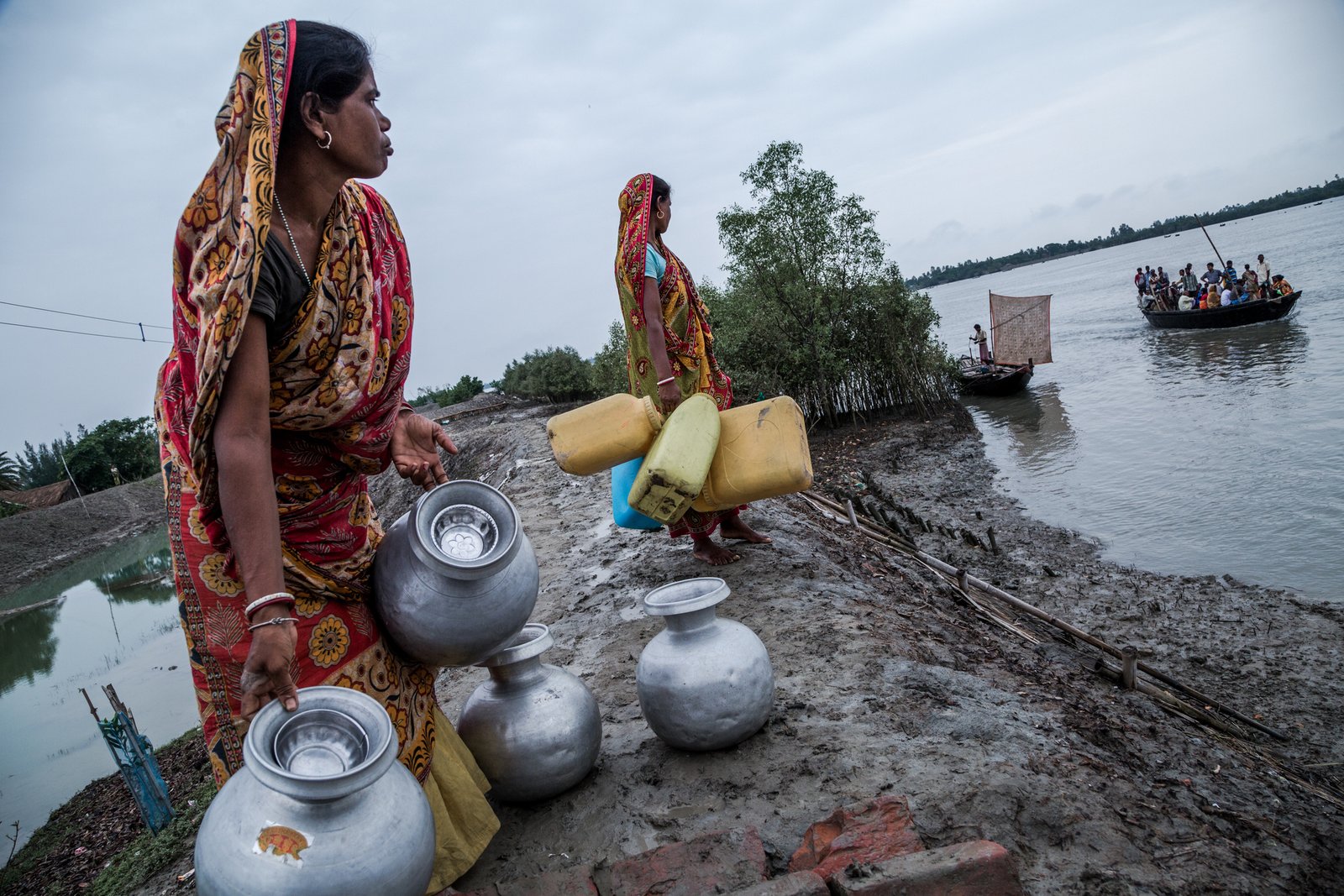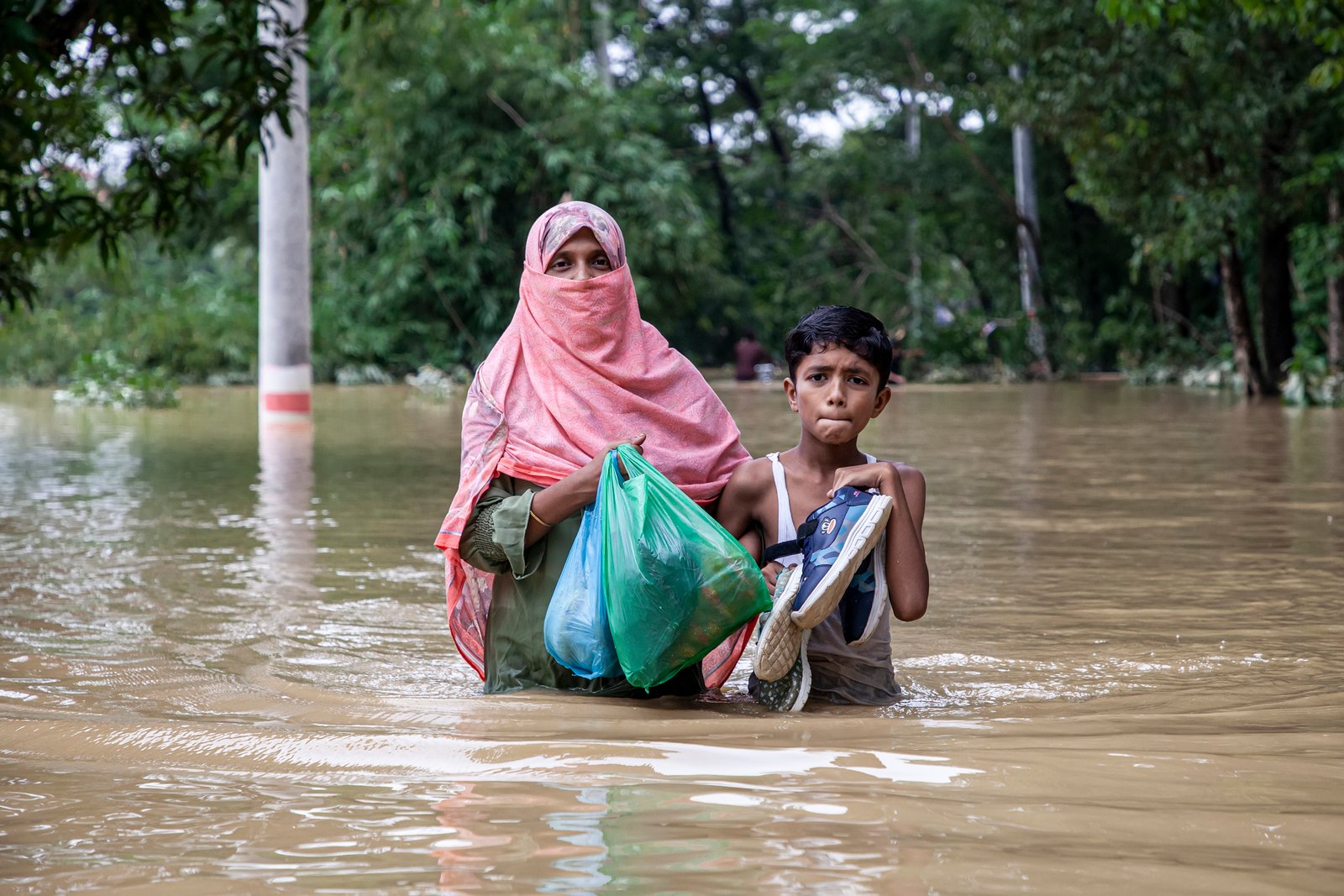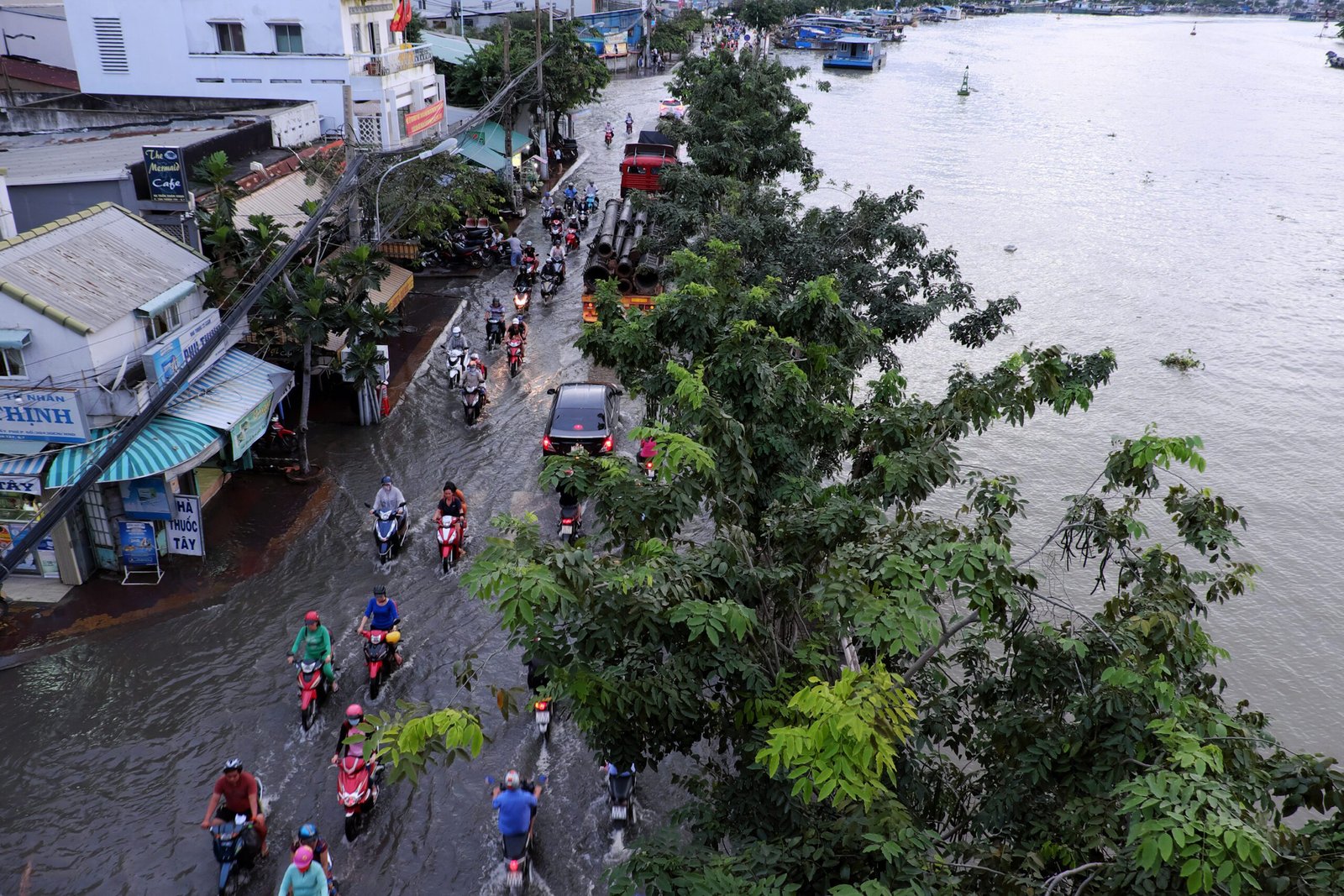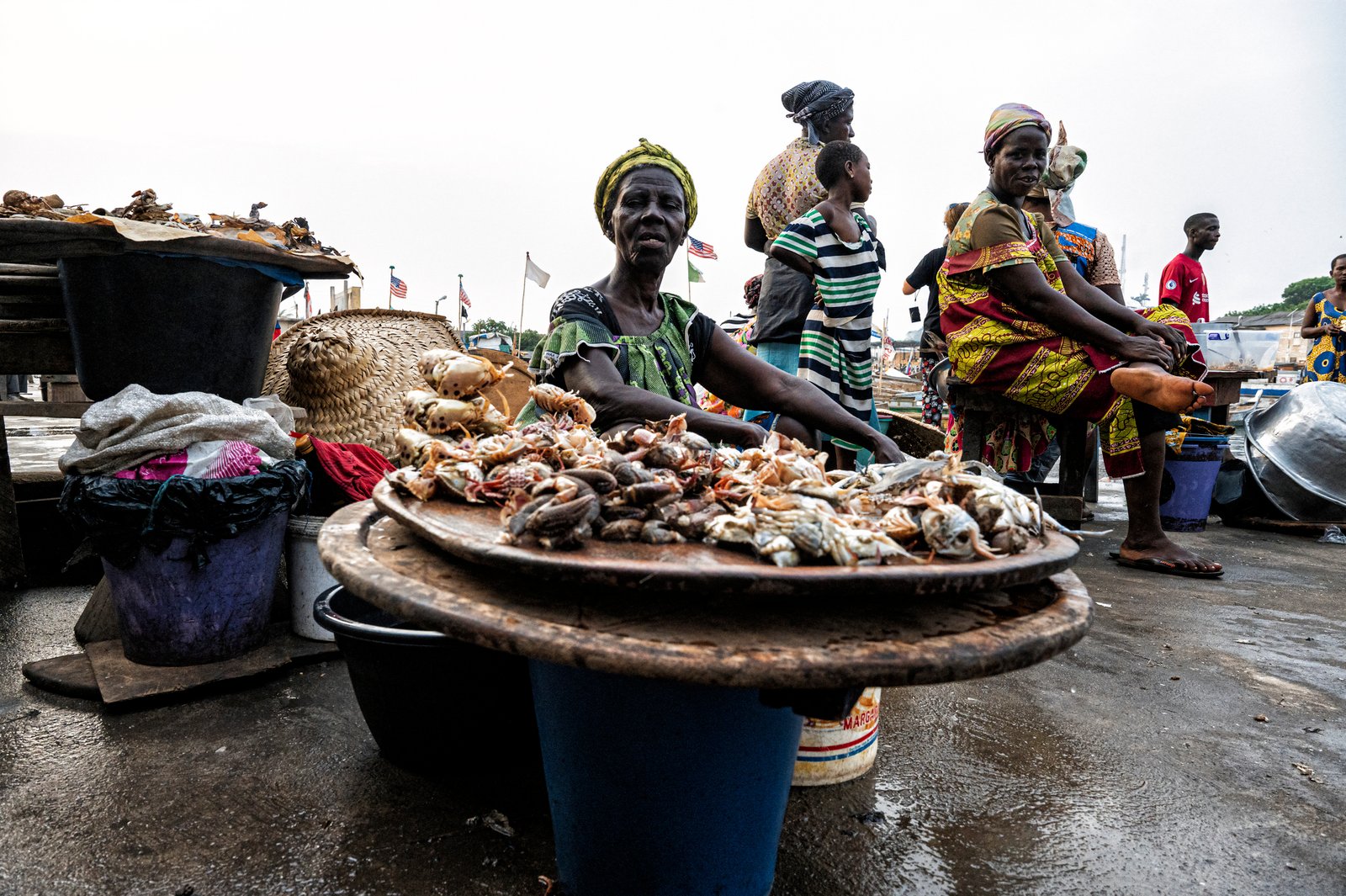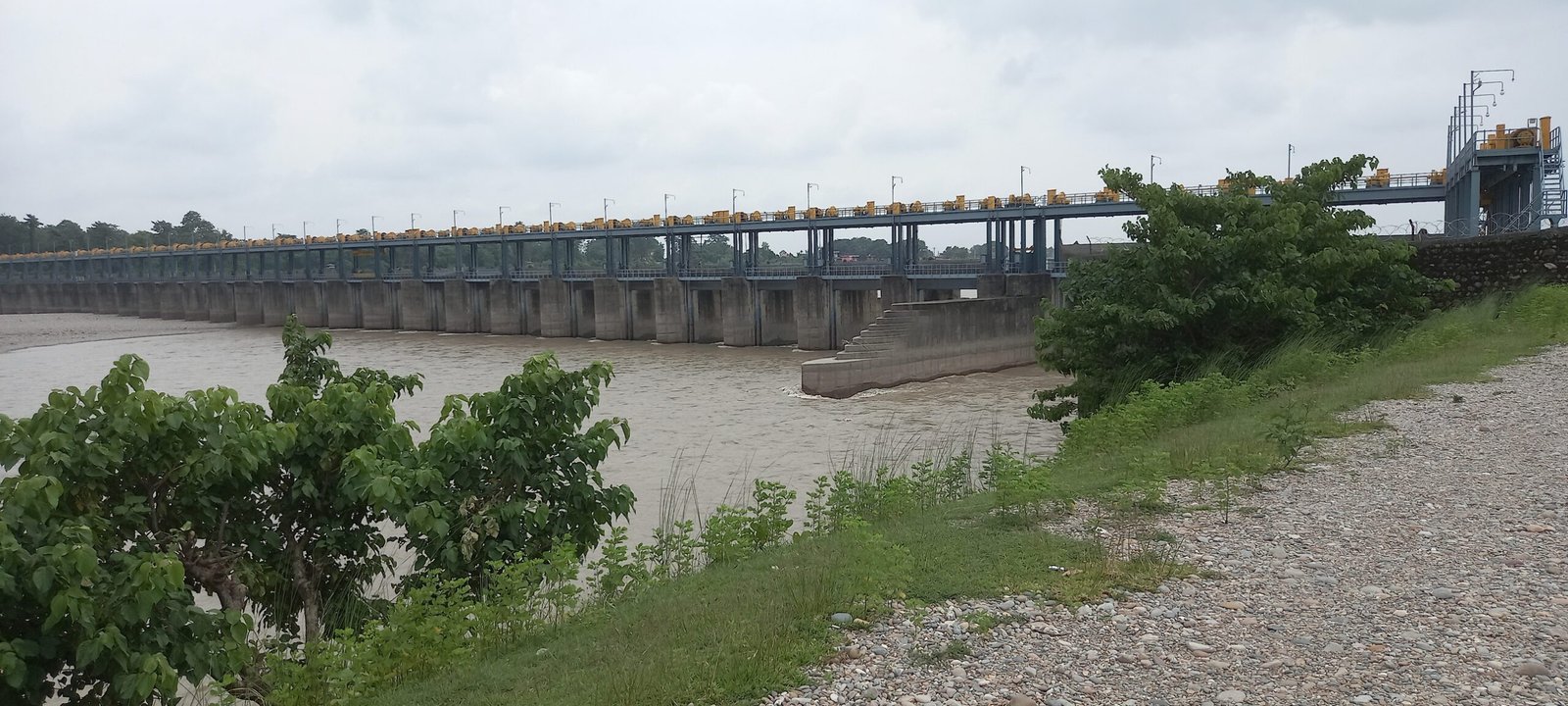What role do banks play in exacerbating or ameliorating the negative impact of falling commodity prices on developing countries? This column reports evidence that the typical response to a bust is a substantial reduction in lending, which has further damaging consequences for real economic activity. The findings underscore the importance of strong financial regulation and macroprudential policies to improve the resilience of the banking system.
Resource-rich developing countries have always been vulnerable to fluctuations in commodity prices, as Jeffrey Frankel has discussed on this blog. Commodity price swings can be associated with political instability and conflicts, and they are important drivers of economic growth in developing countries.
One important dimension of the transmission of commodity price shocks to the real economy works through the financial sector. For example, the commodity price bust in the immediate aftermath of the global financial crisis (and again in 2014-16) severely affected the stability of the financial sector in many commodity-exporting countries.
In Nigeria, banks that were particularly exposed to exporters in the energy sector saw a sharp rise in non-performing loans, as lower earnings affected the ability of these businesses to service their debt. The build-up of non-performing loans eventually affected banks’ ability to lend, amplifying the direct effect of commodity price decline on economic activity.
In recent research, we look at this issue more systematically for developing countries. We study the role of the banking sector in transmitting commodity price shocks to bank lending. Our analysis uses detailed bank-level data and a country-specific index of commodity net export prices for a large sample of more than 600 banks headquartered in 40 developing countries during the period 2004-15.
We show that banks that are more exposed to commodities (those whose stock prices move closely with commodity prices) reduce lending further in response to a fall in commodity prices. The result holds even after controlling for bank-specific characteristics and macroeconomic factors that affect the demand for credit. The bank lending channel is stronger in countries that are more dependent on commodity exports, and it is mostly driven by commodity price busts.
The key results are shown in Figure 1, which plots the positive association between loan growth and the commodity net export price index. To quantify the size of our results, a decline in net export prices similar to that experienced by Nigeria between 2009 and 2010 leads to a 4.9 percentage points contraction in lending by banks highly exposed to the commodity sector.
Figure 1: Commodity prices and loan growth

Note: The figure shows a binned scatterplot of loan growth (defined as yearly percentage change in outstanding loans, in real US dollars) and the commodity net export price index; details on how the chart is constructed are here.
This effect is economically sizable with potentially strong second-round negative consequences on real economic activity in developing countries where the banking sector is the main source of external finance for the corporate sector.
One challenge in the analysis is identifying to what extent the observed decline in lending, in response to lower commodity prices, is due to demand factors or supply factors. For example, lower commodity prices may lead commodity exporters to postpone their investments and reduce their demand for credit. This is the credit demand channel.
On the other hand, a credit supply channel would be operating if highly exposed banks experience a funding shock due to lower bank deposits originating from the commodity sector. Such a channel would also be operating if they experience deterioration in bank asset quality, which induces a decline in the supply of credit.
While we are not able fully to tease out the supply effects from the demand effects, we show that banks that are more sensitive to commodity prices experience a larger fall in retail deposits and a larger increase in non-performing loans when commodity prices fall. Consistent with this evidence, we observe that the contraction in lending in response to lower commodity prices is larger for weaker banks, such as those with lower retail deposits or poorer asset quality.
Our analysis also finds that foreign banks do not behave any differently from domestic banks in transmitting commodity price swings to domestic bank lending. One possible reason could be the prevalence of ‘regional’ foreign banks in developing countries that tend to be locally incorporated and reliant on retail funding, such as the pan-African banks.
For example, a Nigerian bank operating in Ghana may not be able to source funding from its home country as commodity price busts affect all commodity-exporting countries simultaneously.
Overall, our evidence suggests that the bank lending channel could reinforce the direct effect
of negative commodity price shocks on economic activity in developing countries, which should not be ignored. The potency of this channel of commodity prices is larger in banks with weaker balance sheets.
These findings point to the benefits of a diversified bank loan portfolio that is not over-exposed to commodity price swings – and more generally, to the need for strong bank balance sheets to ameliorate the effects of commodity price shocks. To this end, establishing strong financial regulation and macroprudential policies is a key priority in shaping a robust banking system in developing countries.


